12 Perfect Herb Pairings to Make Your Garden Thrive
Planting herbs together in your garden can bring exciting benefits. Some herbs work very well when placed side by side. They can attract helpful insects and keep unwanted pests away. Growing these herbs near each other can also improve their flavors. This guide will help you choose the best combinations for a lively and healthy garden.
This post may contain affiliate links, which helps keep this content free. Please read our disclosure for more info.
Basil and Tomatoes
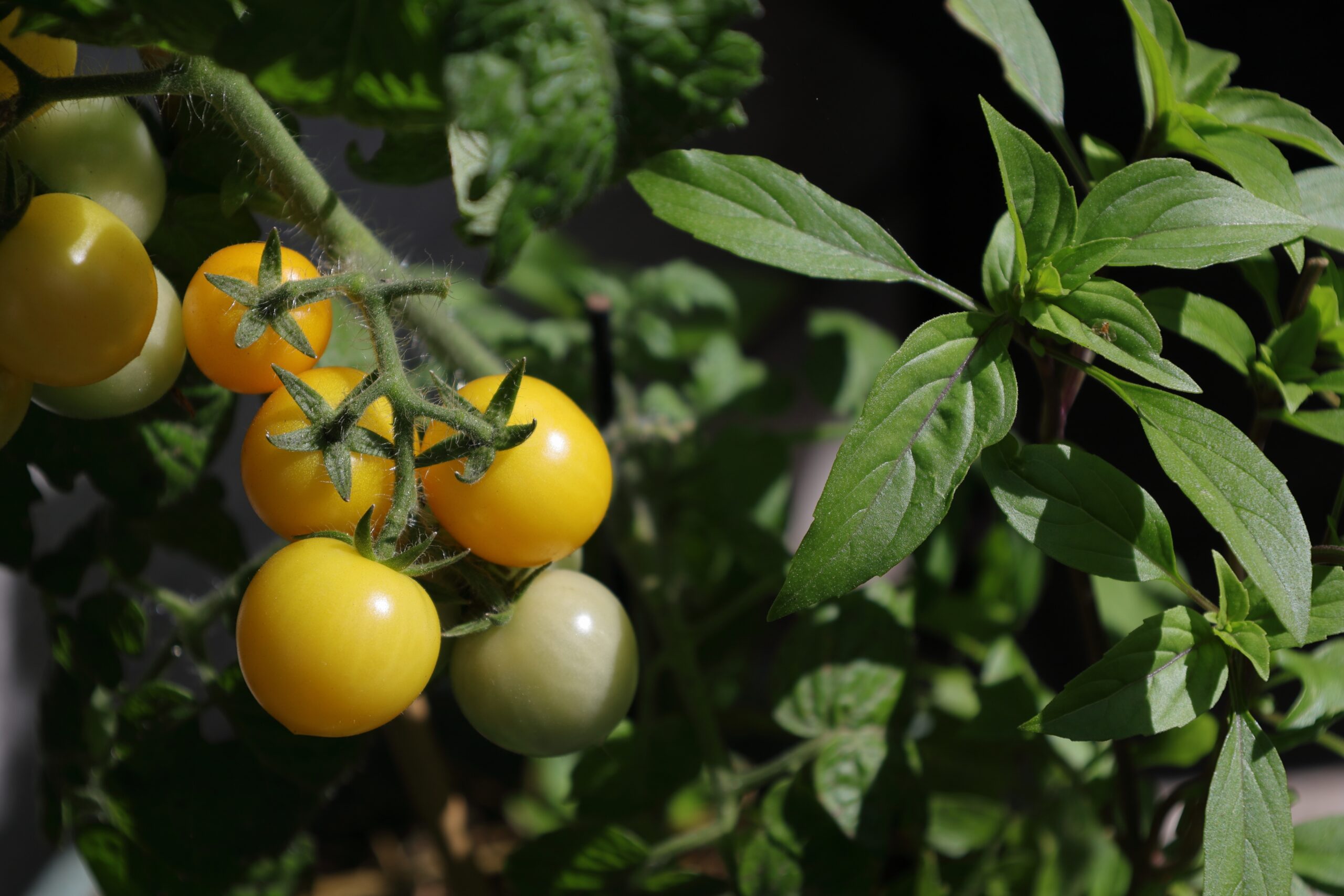
Basil and tomatoes are classic companions in the garden and kitchen. When grown near each other, basil can help repel pests that often target tomato plants, such as aphids and whiteflies. This natural protection means fewer chemical sprays are needed, making your garden healthier. Their flavors also complement each other wonderfully, especially in fresh salads and sauces.
Basil enjoys the warmth and sun-loving nature of tomatoes, so they thrive well together. Planting them close saves space and creates a fragrant corner in your garden. The rich aroma of basil can even attract pollinators that benefit tomatoes. This pairing is perfect for gardeners looking to maximize both taste and plant health.
Rosemary and Sage
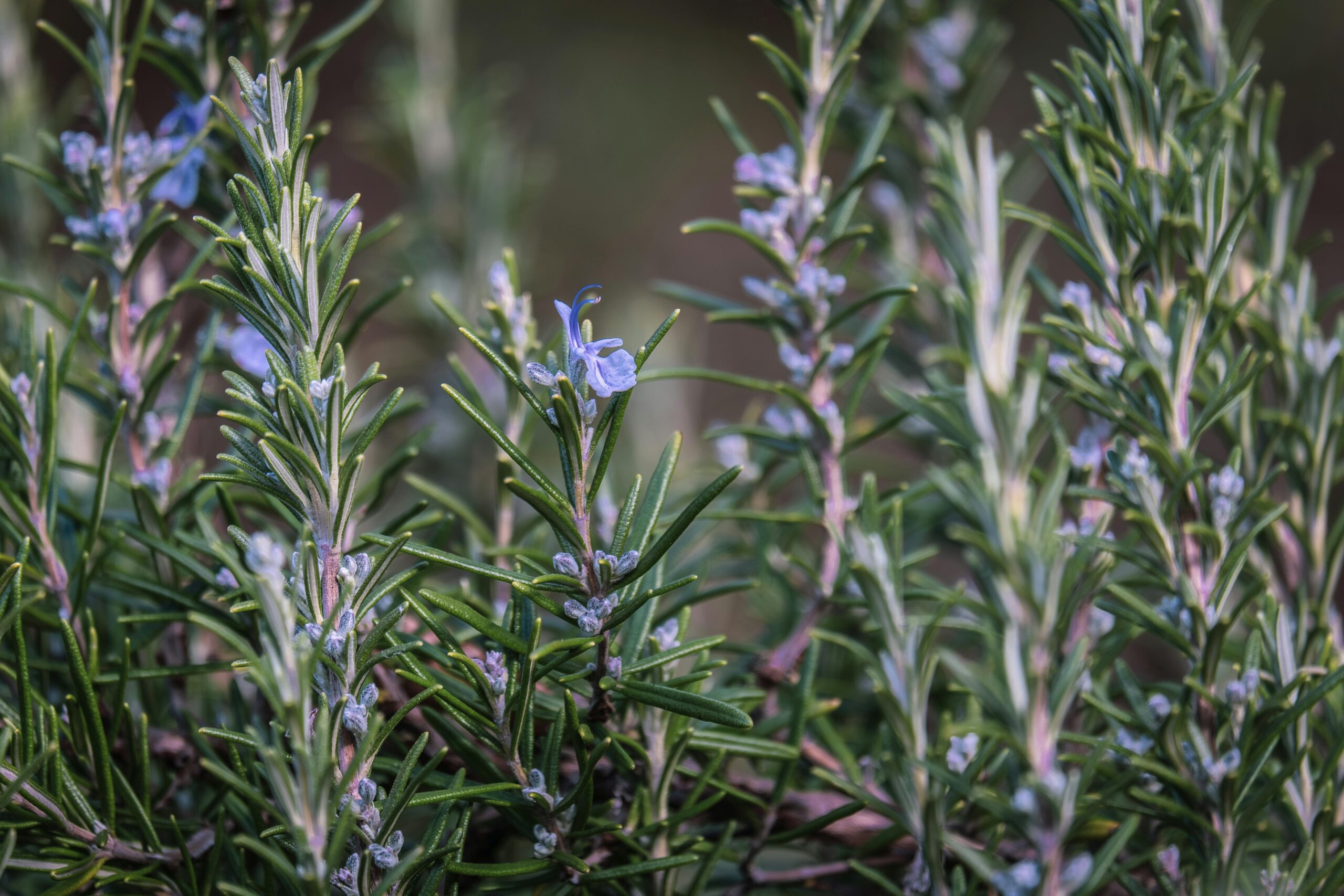
Rosemary and sage share similar growing needs, which makes them great neighbors. Both herbs prefer well-drained soil and full sun, so planting them together helps maintain consistent care. Rosemary’s strong scent can help deter pests that might bother sage, like cabbage moths and carrot flies.
Together, they bring a wonderful herbal fragrance to your garden, creating a sensory experience when you walk by. These hardy herbs are low maintenance, ideal for gardeners who want beauty and function with little fuss. Both herbs also attract beneficial insects that support the overall health of your garden. They work well in cooking, especially in roasted dishes and savory blends.
Mint and Catnip
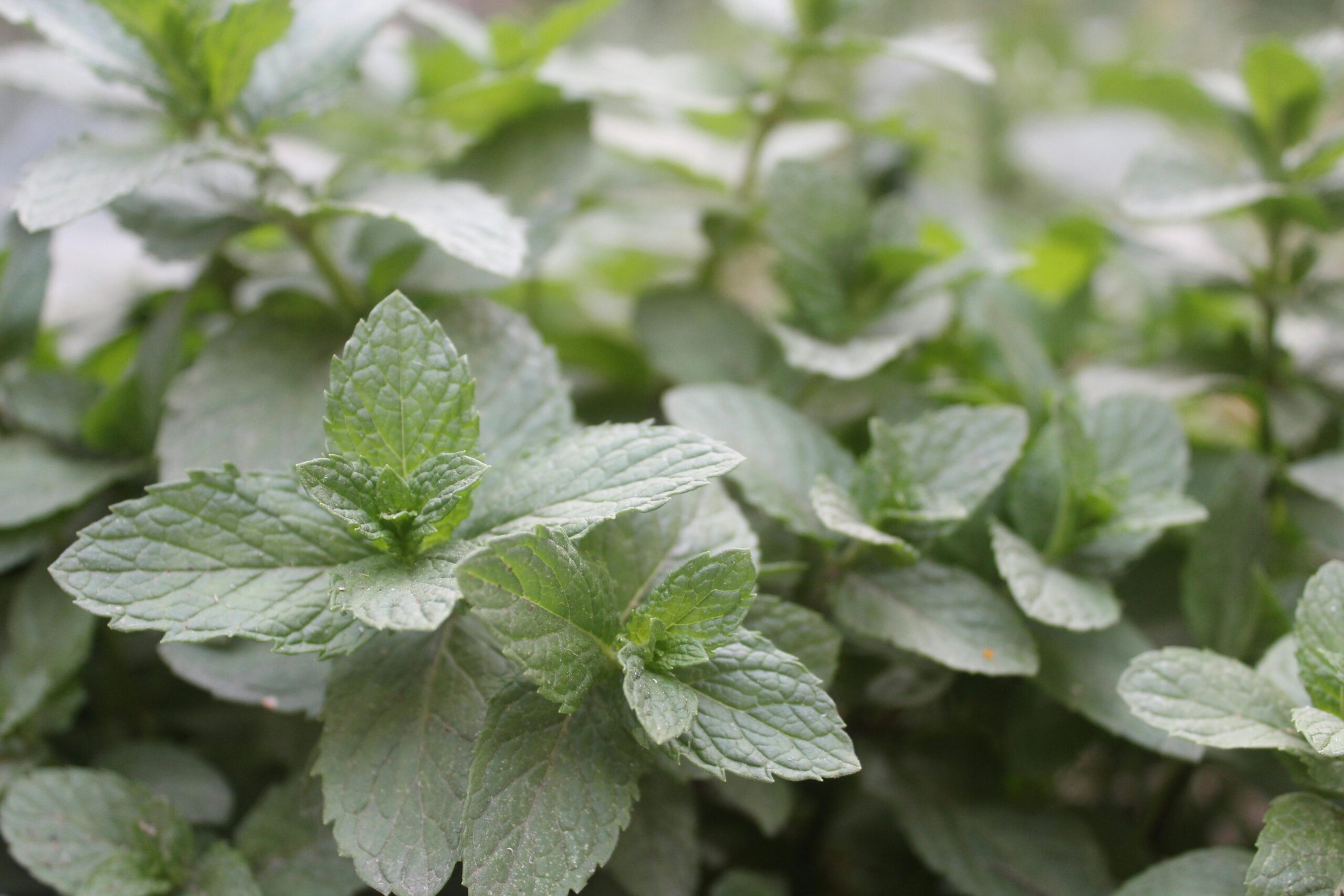
Mint and catnip grow quickly and can spread fast, so planting them side by side can contain their growth. Mint has a refreshing smell that attracts pollinators like bees, which also benefit catnip flowers. Catnip can help deter certain pests such as aphids and flea beetles, protecting mint and other plants nearby.
This pair creates a lively area in the garden with their leafy green presence and delicate flowers. They both prefer partial shade and moist soil, so their similar needs make care easier. Gardeners enjoy growing this duo because they support each other’s growth while adding charm to the space. Additionally, catnip is famous for attracting cats, which can add some fun to your garden time.
Thyme and Oregano
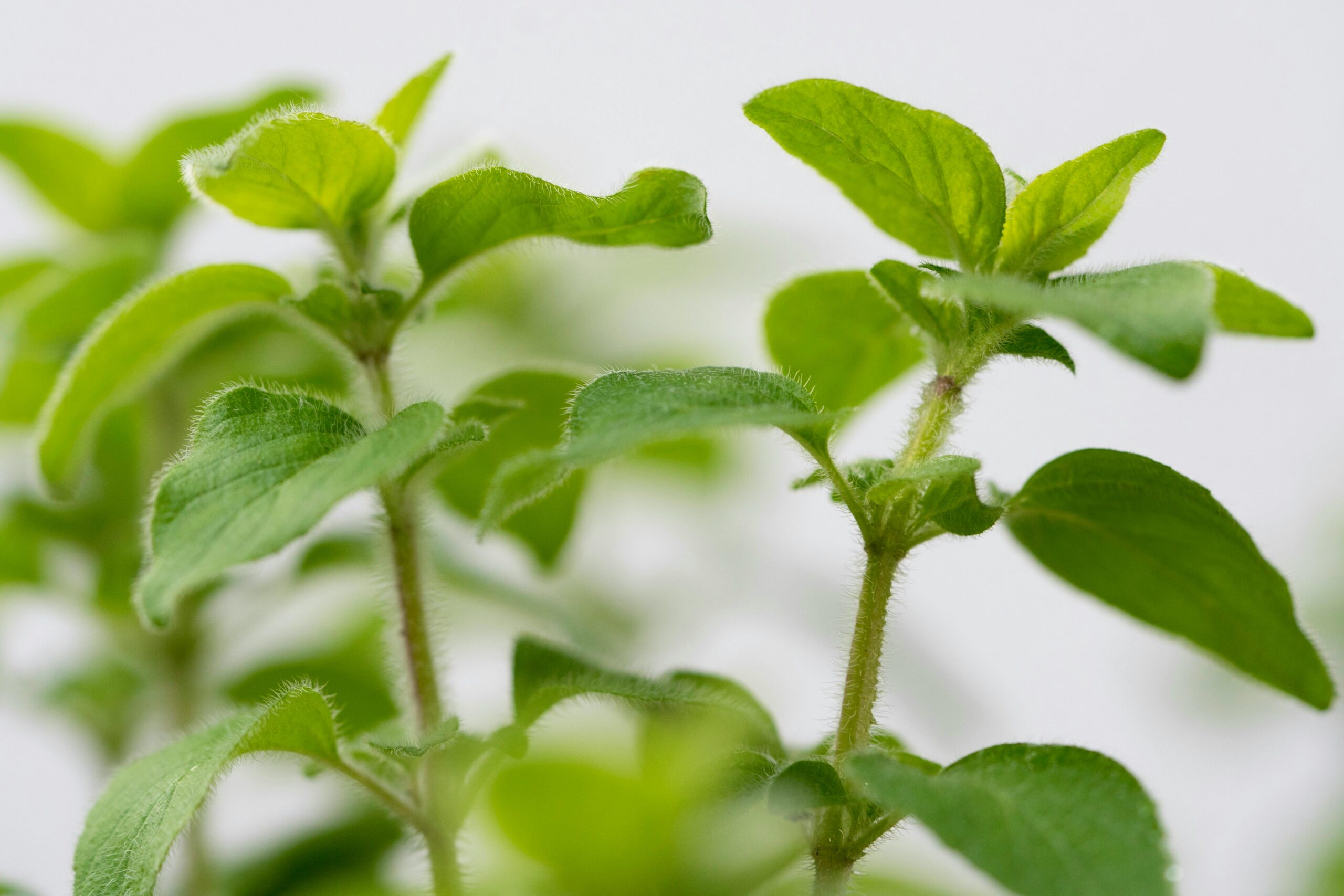
Thyme and oregano thrive when planted together because they share similar water and sunlight needs. Both herbs like full sun and well-drained soil, which makes managing them simple. Thyme’s aroma can help repel pests that may attack oregano, like spider mites.
These herbs create a Mediterranean feel in the garden with their small leaves and low growth habit. They are great for ground cover, reducing weeds around them naturally. Both are also excellent for cooking, especially in Italian and Greek recipes. Growing them close helps conserve space while creating a flavorful garden patch.
Cilantro and Dill
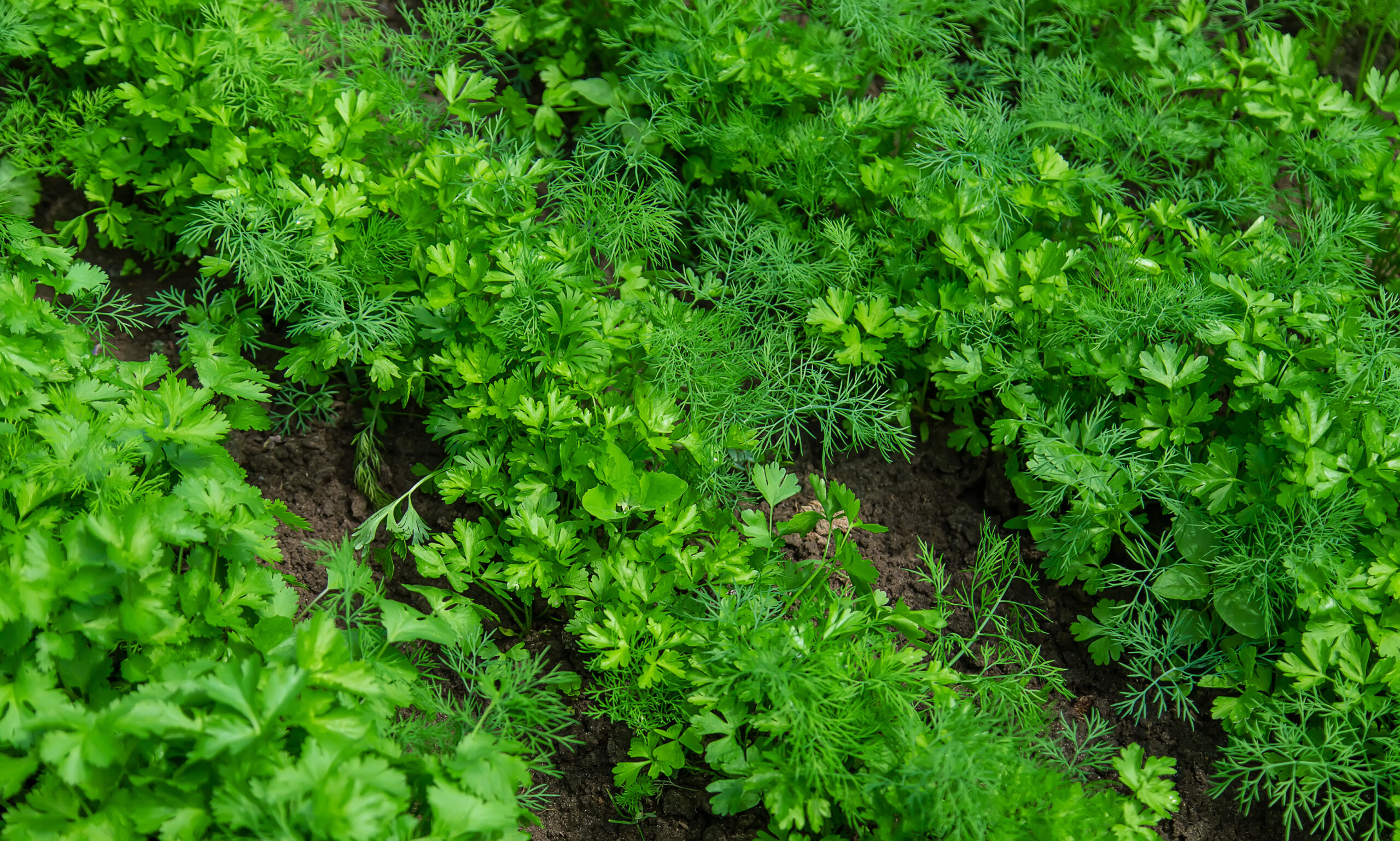
Cilantro and dill enjoy growing side by side because they attract beneficial insects like ladybugs and parasitic wasps. These insects help control pests that could harm both herbs and other plants in your garden. Dill’s feathery leaves add a soft texture next to the broader leaves of cilantro, making your garden visually appealing.
Both herbs prefer cooler weather and can grow well in partial sun, which helps them thrive together. Their flavors are often paired in cooking, especially in salsa and seafood dishes. Growing them close allows you to harvest fresh herbs easily for a variety of meals. This combination adds both practical and aesthetic value to any garden.
Parsley and Chives
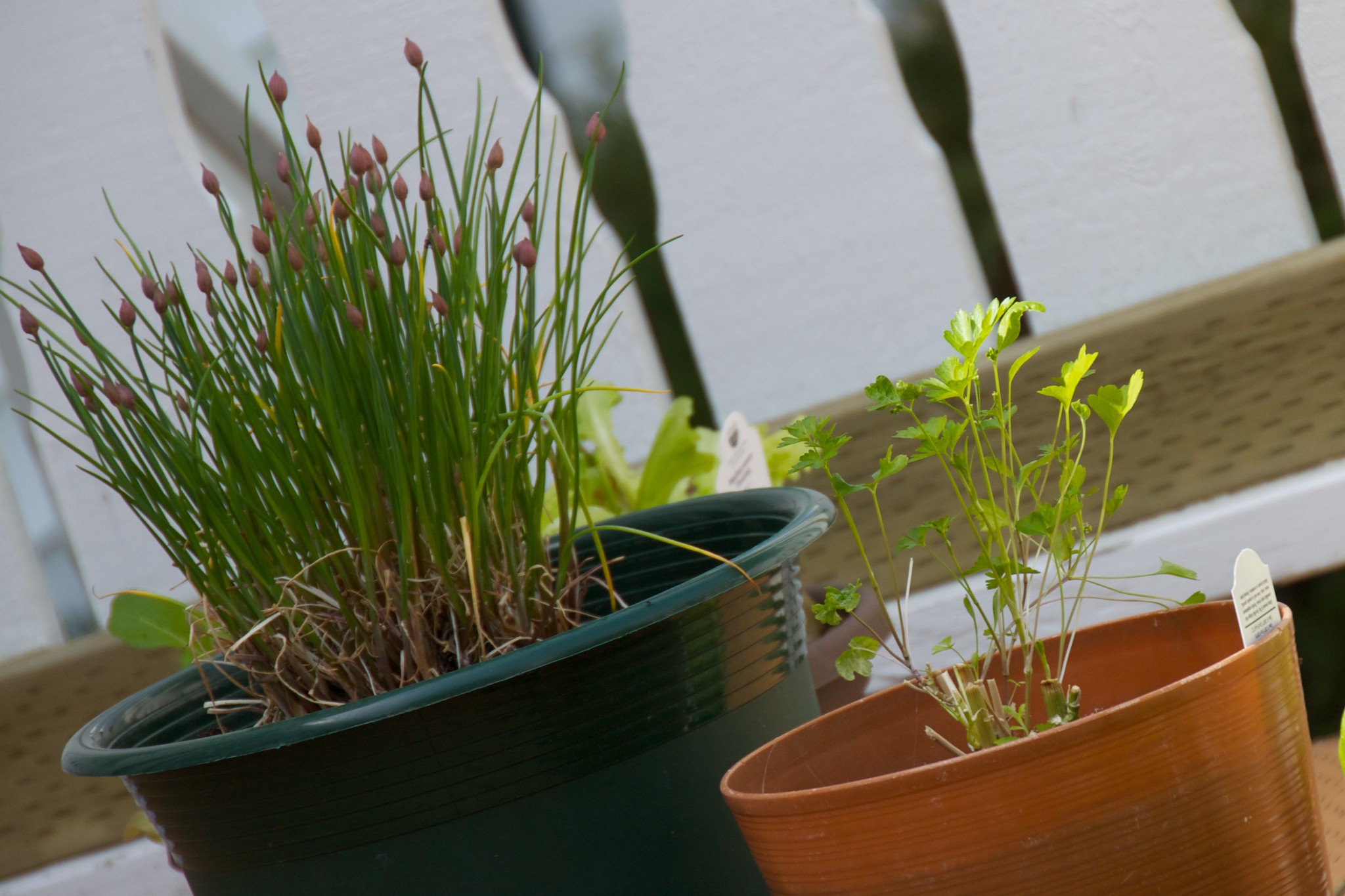
Parsley and chives make a good team because chives can repel aphids and carrot flies that might bother parsley. The slender, grassy leaves of chives add vertical interest next to the curly or flat leaves of parsley. Both herbs prefer full to partial sun and regular watering, so their care fits well together.
This pair offers fresh flavors that enhance many dishes from salads to soups. Their flowers attract bees and other pollinators, which can benefit nearby plants. Planting them side by side creates a lively and useful herb patch in any garden space. They grow well in containers too, making them perfect for small gardens or patios.
Lavender and Lemon Balm
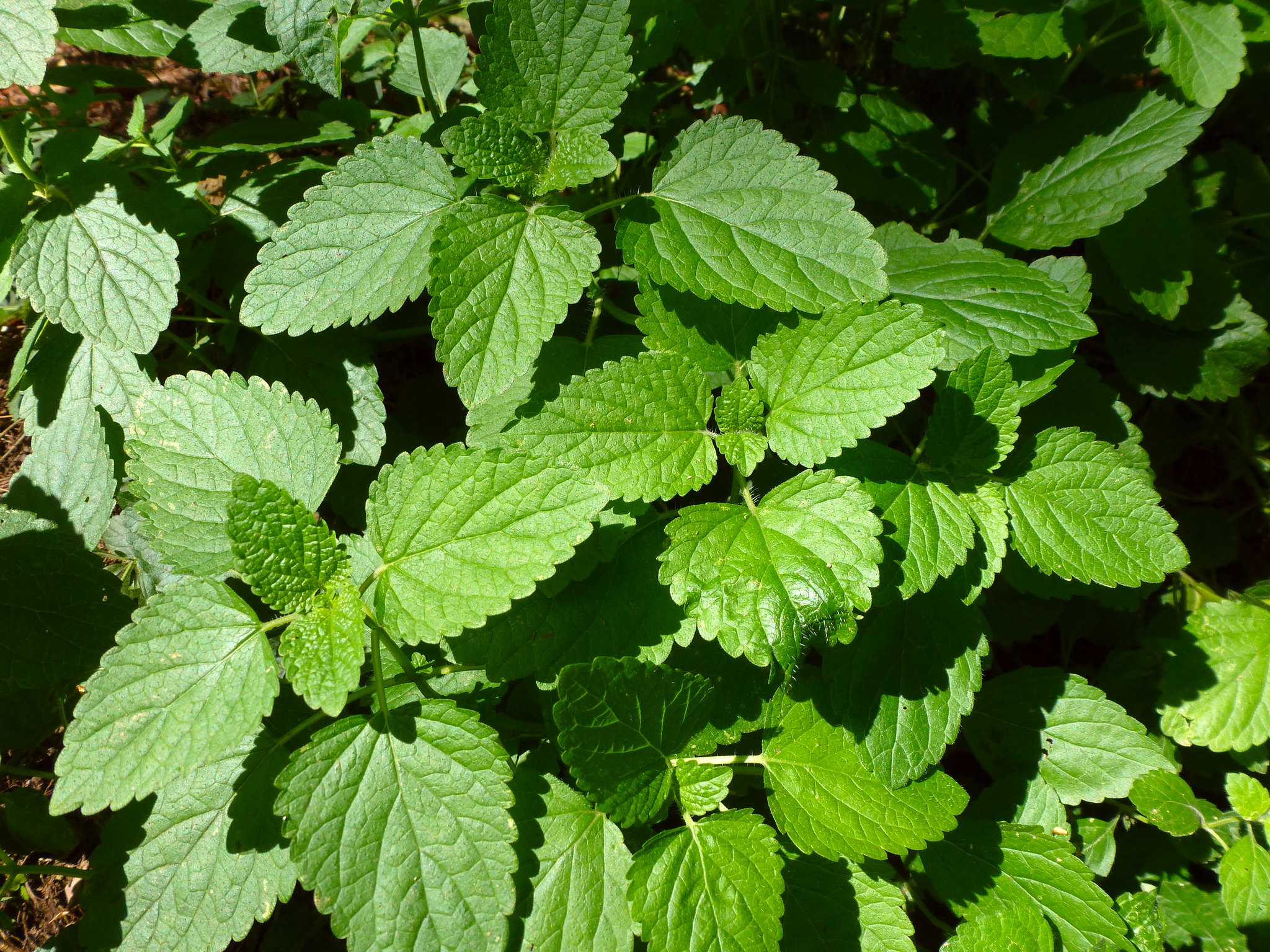
Lavender and lemon balm together add wonderful scents to your garden that can brighten your mood. Lavender’s strong fragrance helps keep away mosquitoes and other insects, protecting lemon balm and nearby plants. Lemon balm attracts pollinators with its bright flowers, helping lavender with better growth and flowering.
Both herbs like well-drained soil but lemon balm prefers some shade, so a partly sunny spot suits them best. This pairing offers a balance of scents, textures, and colors, creating a peaceful garden corner. Both herbs are useful for teas and natural remedies, making your garden both beautiful and practical. Their presence also creates a relaxing atmosphere that many gardeners enjoy.
Tarragon and Marjoram
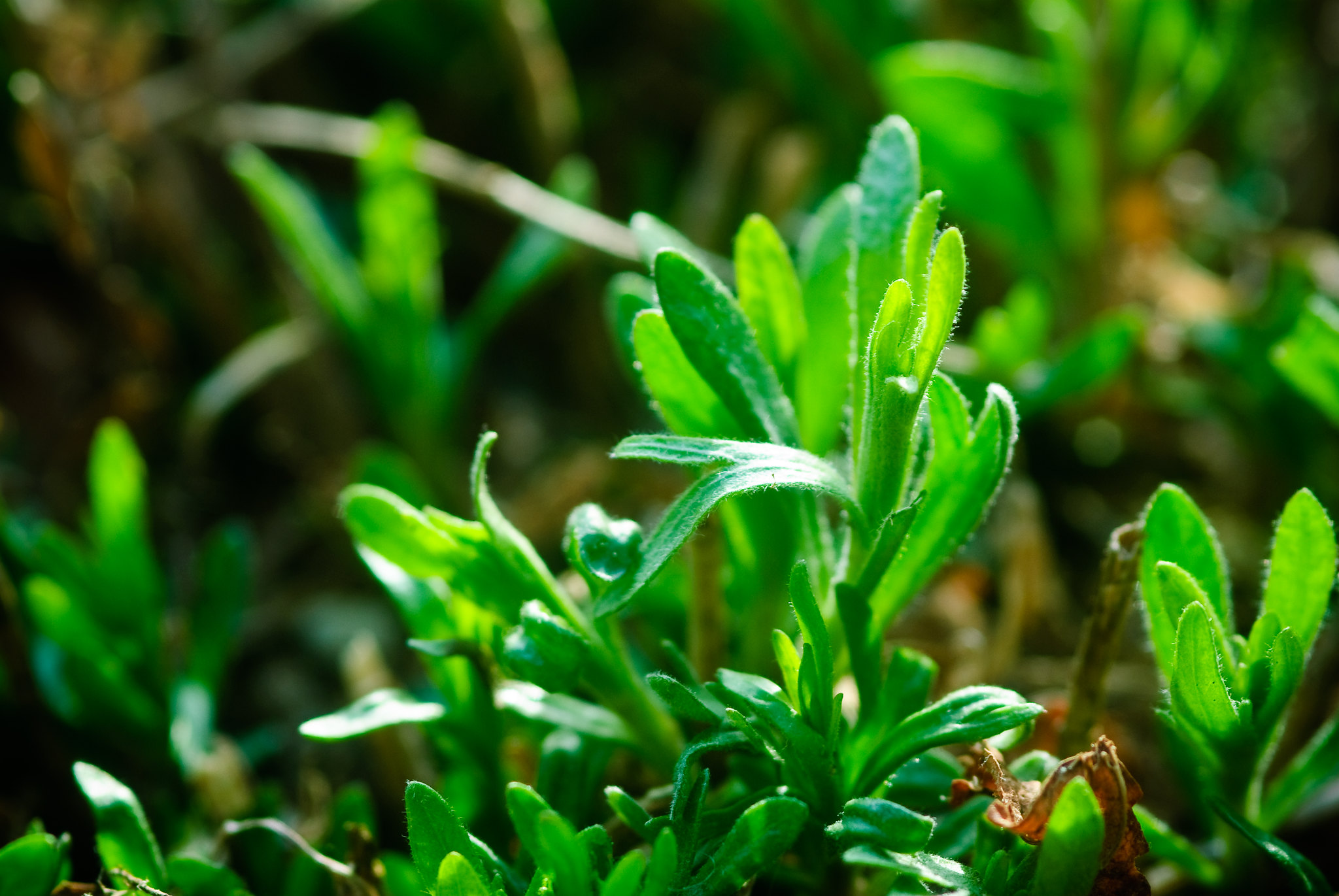
Tarragon and marjoram have similar light and soil needs, making them easy to grow side by side. Tarragon’s strong scent can help deter pests such as aphids that might damage marjoram. Both herbs enjoy full sun and well-drained soil, which makes their care straightforward.
Together, they offer subtle and complex flavors for cooking, especially in French and Mediterranean dishes. Their compact growth helps keep your garden neat while filling it with pleasant aromas. Marjoram’s small flowers attract beneficial insects, which support the health of both plants. This combination is ideal for gardeners who want flavor and function in one spot.
Chamomile and Lavender
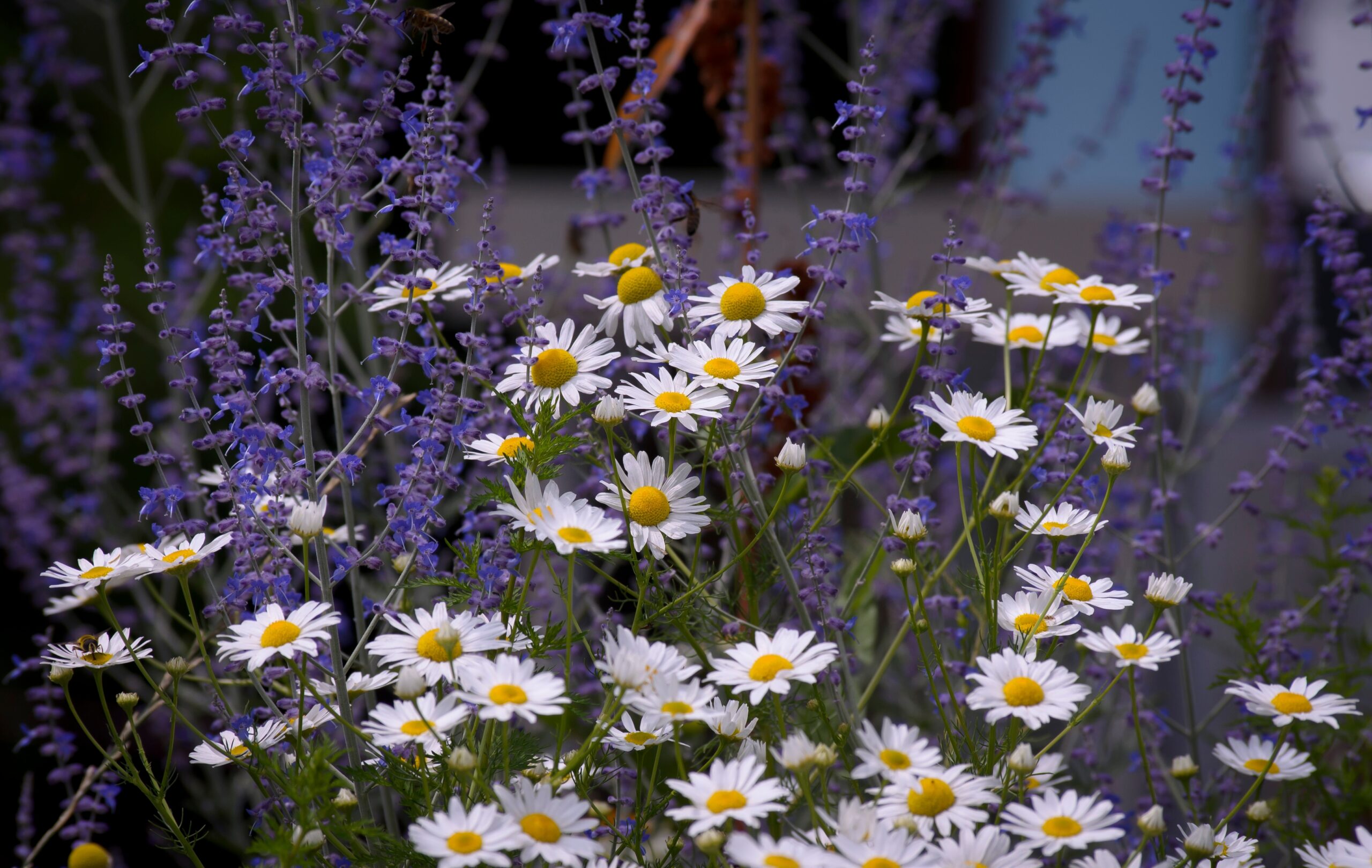
Chamomile and lavender together create a calming, fragrant corner in the garden. Both herbs attract pollinators like bees and butterflies, which improve the health of your entire garden. Chamomile can help improve the growth and flavor of lavender when planted nearby.
These herbs prefer full sun and well-drained soil, so they grow well in similar conditions. Their flowers can be harvested for teas that soothe and relax. This pairing offers visual beauty with chamomile’s daisy-like flowers and lavender’s purple spikes. Growing them side by side adds charm and usefulness to any herb garden.
Sage and Thyme
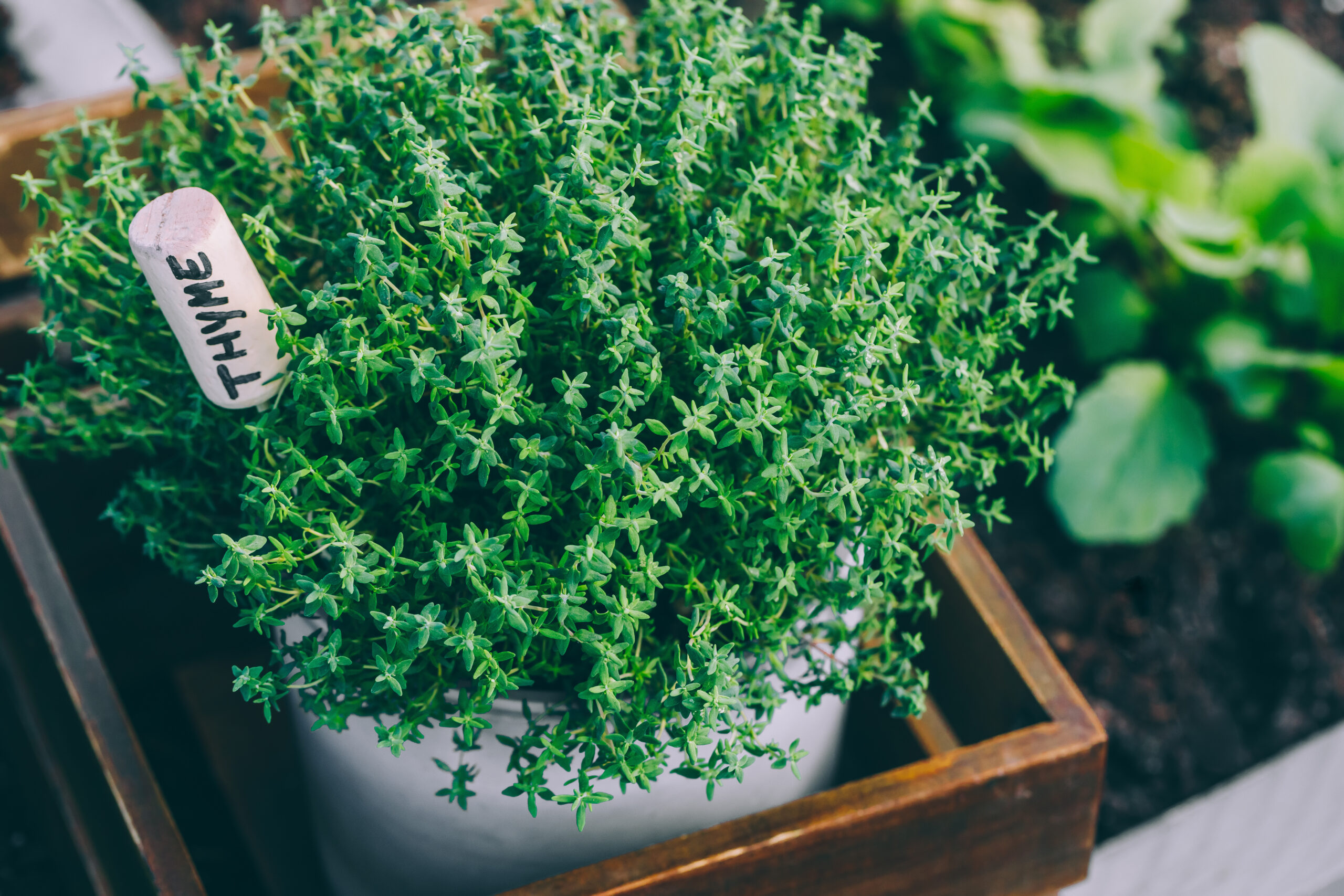
Sage and thyme work well together because they both thrive in sunny spots with well-drained soil. Sage’s strong aroma can keep away cabbage moths and other pests that might bother thyme. This natural pest control helps reduce the need for chemical treatments in your garden.
Both herbs are popular in cooking and provide earthy flavors that complement many dishes. Their low growth habit makes them ideal for border planting or small spaces. Sage produces attractive purple flowers that attract pollinators, which benefits thyme and nearby plants. Planting them together creates a healthy, aromatic garden space.
Oregano and Mint
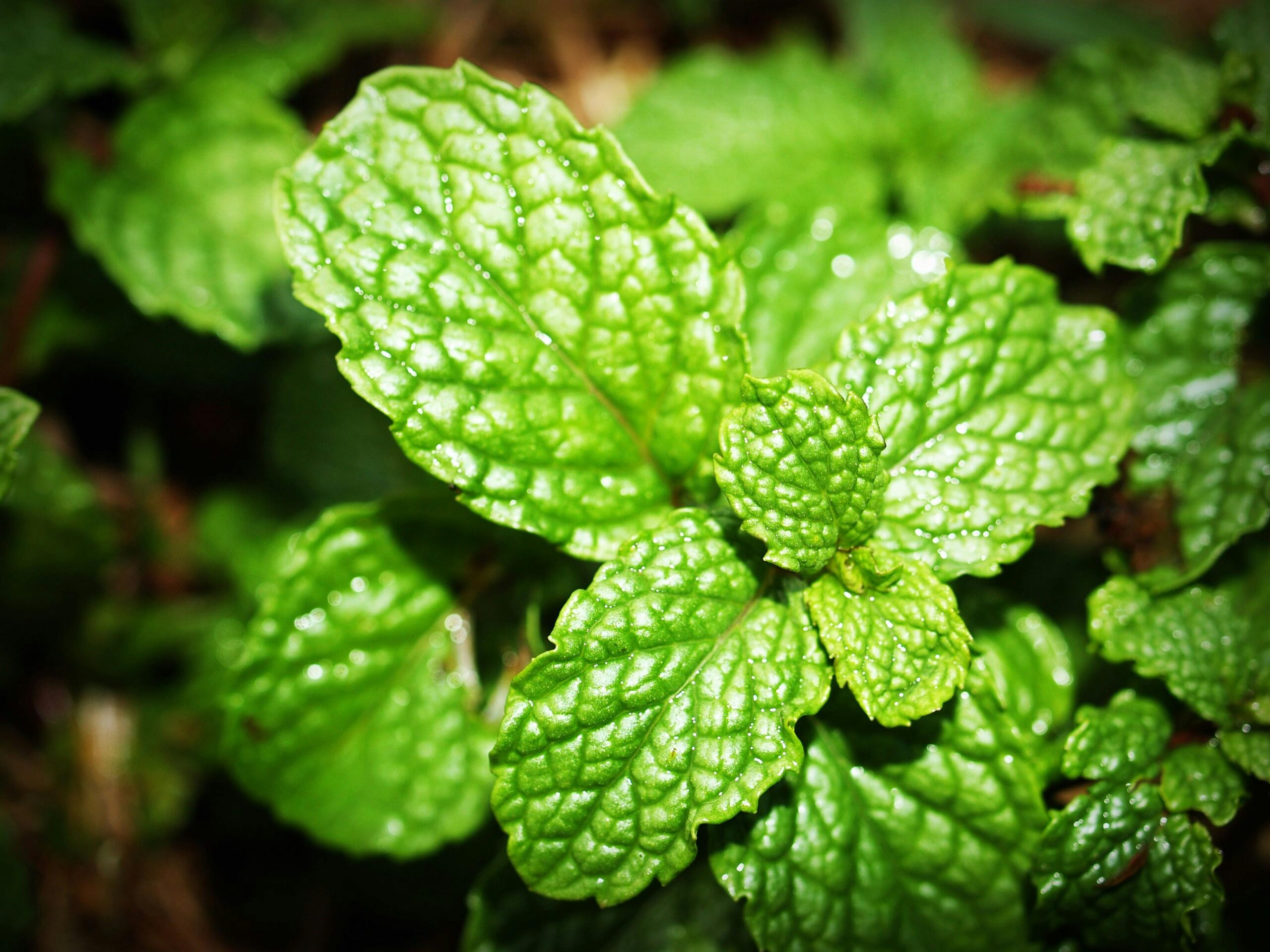
Oregano and mint both spread easily, so planting them close together helps control their growth. Mint’s strong scent can help repel pests such as flea beetles that might attack oregano. These herbs thrive in partial to full sun and prefer moist soil, which makes caring for them easier.
Together, they provide fresh flavors that are staples in many kitchens around the world. Their dense leaves create good ground cover, reducing weed growth naturally. Mint’s flowers attract pollinators, which helps oregano produce healthy blooms. This pair creates a lively and practical garden space for everyday cooking.
Lemon Verbena and Basil

Lemon verbena and basil share similar sun and watering needs, making them easy to grow side by side. Lemon verbena’s citrus scent can help keep away insects that might harm basil plants. Both herbs bring refreshing aromas to your garden, creating a pleasant environment.
This pairing offers flavors that work well in teas, drinks, and cooking, adding variety to your herb collection. Their growth habits complement each other, with lemon verbena growing taller and basil staying bushy. Gardeners appreciate this duo for its practical uses and garden appeal. Planting them together helps you enjoy fresh herbs all season long.
Planting the right herbs together brings fresh energy and charm to your garden. These pairings help each other grow while filling the space with wonderful scents and colors. Growing herbs close to one another also provides useful benefits such as natural pest control and simpler maintenance. Exploring these combinations can turn your garden into a lively and rewarding place for both you and the environment.
This article originally appeared on Avocadu.
